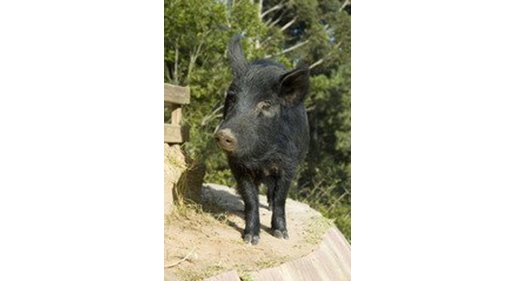
Why a Pig Farm Building Benefits from Insulated Walls
Pig farming is an age-old enterprise that has been active for centuries. It has its “tried and true” methods and practices, and yet it is also one of the more technologically advanced areas of modern farming, too. Unfortunately, many farmers remain unaware of the benefits of modern pork production facilities, including the use of insulation in their different farm buildings. As one American pig industry publication indicated, though, “Pork production facilities built and operated in the 21st century need to provide optimum environmental conditions to maximize production efficiency and provide a safe and healthy environment for pigs and workers while conserving energy.”
Nowhere does this become more obvious than in each farm building used in the raising of pigs. After all, a farm building is the environment in which pigs are born, reared and finished for the market. If they are not as efficient as possible, it costs the farmer in the long run. While this might mean that the farmer must consider the efficiency of feeding and watering systems, properly managed ventilation, easy to clean facilities and other management issues, the energy efficiency of a building is important, too.
Ever increasing fuel costs are a reality for any industry, and the non-insulated farm building is one that is leaching money from the farmer’s pockets. At IDS, farmers can find bespoke pig housing that features fully insulated walls meant to improve heat flow within (along with appropriate ventilation), as well as preventing exterior conditions from stressing animals.
It is never just a matter of warm weather, though. Insulated walls also provide optimally comfortable conditions in the summer heat, too. As one report from Purdue University in the United States says, “There are many advantages to insulating livestock buildings, including a lower heating bill, increased meat, milk or egg production, better general animal health, more comfortable working conditions, etc. And the benefits of insulating are realized as much in the summer as in the winter.”
Improved conditions for the livestock is important, but the simple truth is that non-insulated buildings can cost a farmer hundreds or even thousands per year, and that does not take into consideration the overall impact on the animals.
At IDS, pig farmers can work with a team of designers to create buildings with 80mm wall panels, insulated glass windows, insulation panels inside and out, proper flashings and ventilation, and more. Get in touch to learn how an efficient farm building is not only possible, but quite easy to create.
